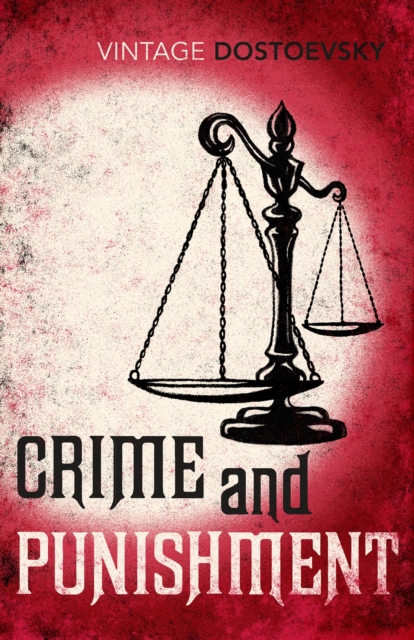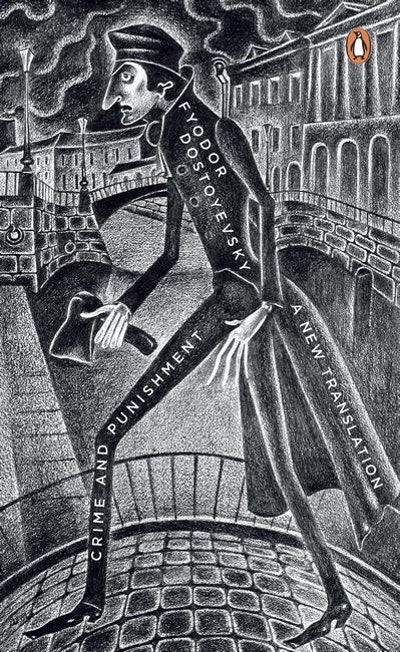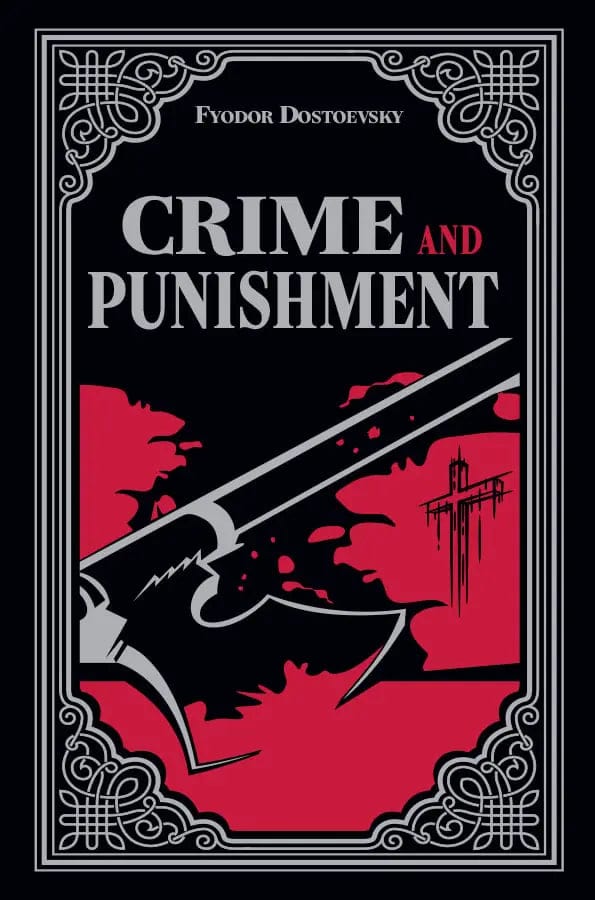Novel Analysis "Crime and Punishment" written by Fyodor Dostoyevsky
121

"Crime and Punishment" by Fyodor Dostoyevsky is a complex and psychological novel that explores the depths of the human mind and the consequences of moral choices. Here's a brief analysis of the key elements:
1) Psychological Exploration:
- One of the central themes of the novel is the exploration of the human psyche. Dostoyevsky delves into the mind of the protagonist, Rodion Raskolnikov, a former student who commits a murder to test his theory of the "extraordinary man."
- The novel intricately examines Raskolnikov's inner thoughts, guilt, paranoia, and the psychological turmoil he experiences after committing the crime.

2) Morality and Consequence:
- Dostoyevsky explores the concept of morality and the consequences of immoral actions. Raskolnikov's crime is not only a legal transgression but a moral one, and the novel follows his internal struggle to come to terms with his actions.
- The theme of punishment, both societal and self-inflicted, is central to the narrative. Raskolnikov grapples with his guilt and ultimately seeks redemption.

3) Alienation and Isolation:
- The novel portrays the alienation and isolation experienced by the characters, particularly Raskolnikov. His sense of superiority and intellectual isolation contribute to his detachment from society.
- The portrayal of urban life in St. Petersburg adds to the sense of alienation, with characters existing in a world of poverty, crime, and moral decay.

4) Social Critique:
- Dostoyevsky provides a critical commentary on the social and economic conditions of 19th-century Russia. The novel reflects the disparities between the rich and the poor, the struggle for survival, and the impact of societal pressures on individuals.

5) Redemption and Spiritual Renewal:
- As the narrative progresses, Raskolnikov undergoes a spiritual and moral transformation. His journey involves grappling with his sins, seeking forgiveness, and ultimately finding redemption through suffering and self-realization.

6) Symbolism and Imagery:
- Dostoyevsky employs rich symbolism and imagery throughout the novel. Examples include the recurring motif of the yellow walls in Raskolnikov's apartment, symbolizing his deteriorating mental state, and the use of light and darkness to represent morality and immorality.

7) Multi-dimensional Characters:
- The characters in "Crime and Punishment" are multi-dimensional, each representing different aspects of the human condition. From Raskolnikov's internal struggles to the supporting cast's diverse personalities, the characters contribute to the novel's depth.
In summary, "Crime and Punishment" is a profound exploration of morality, guilt, and redemption, presented through a psychologically complex narrative. Dostoyevsky's masterpiece continues to be studied and appreciated for its deep insights into the human soul and societal structures.
I recommend you to listen ''Crime and Punishment'' audiobook for those who don't have time to read;
Crime and Punishment by Fyodor Dostoyevsky Audiobook;
References;
- University of Minnesota – Study notes for Crime and Punishment – (retrieved on 1 May 2006)
- Frank (1995), p. 96.
- "The 50 Most Influential Books of All Time". Open Education Database. 26 January 2010.
- "The Greatest Books". thegreatestbooks.org.
- Writers, Telegraph (23 July 2021). "The 100 greatest novels of all time". The Telegraph. Archived from the original on 11 January 2022.
- "100 must-read classic books, as chosen by our readers". Penguin. 26 May 2022.
Thank you for reading and please give me a feedback!
You can complete great comment tasks at here. #crimeandpunishment #fyodordostoyevski #novel #bookreview #audiobook #reading #writer








































